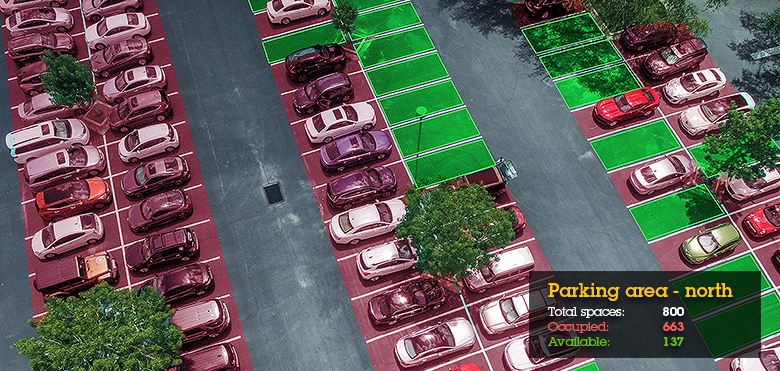
Google has announced a new device orientation solution for Android map developers called the Fused Orientation Provider (FOP) API in Play services. This API aims to provide more consistent and high-performance device orientation capabilities across devices.
“Device orientation, or attitude, is used as an input signal for many use cases: virtual or augmented reality, gesture detection, or compass and navigation – any time the app needs the orientation of a device in relation to its surroundings,” wrote Google in a blog post.
“We’ve heard from developers that orientation is challenging to get right, with frequent user complaints when orientation is incorrect. A maps app should show the correct direction to walk towards when a user is navigating to an exciting restaurant in a foreign city!”
However, accurately determining device orientation has been a challenging task, especially in dense, urban environments where GPS and compass readings may not be entirely reliable.
The new Fused Orientation Provider (FOP) API in Google Play services addresses these issues by fusing signals from the accelerometer, gyroscope, and magnetometer sensors. It compensates for lower-quality sensors and OEM implementations, synchronises sensors running on different clocks and delays, and accounts for hard iron offsets (magnetometer bias).
Additionally, the API fuses accelerometer, gyroscope, and magnetometer measurements to determine the device’s orientation in the world, compensates for gyro drift while moving, and produces a realistic estimate of the compass heading accuracy.
Google Maps already utilises the FOP API, including for heading, which has recently been updated to better cope with magnetic disturbances, improving the reliability of the heading cone displayed in the app.
One of the advantages of the FOP API being part of Play services (Android 5 Lollipop and newer) is that there is no implementation variance across different manufacturers, and algorithm updates can be rolled out quickly.
The API complements the existing Android Rotation Vector and offers app developers an easy transition path for integrating device orientation capabilities into their applications.
By addressing the challenges of accurate device orientation, Google aims to enhance the user experience for various Android applications, particularly those relying on navigation and augmented reality features.
(Photo by Eric Masur on Unsplash)
See also: Google: Meta’s approach to Android 14 is a ‘blueprint’ for success

Looking to revamp your digital transformation strategy? Learn more about Digital Transformation Week taking place in Amsterdam, California, and London. The comprehensive event is co-located with AI & Big Data Expo and Cyber Security & Cloud Expo.
Explore other upcoming enterprise technology events and webinars powered by TechForge here.









